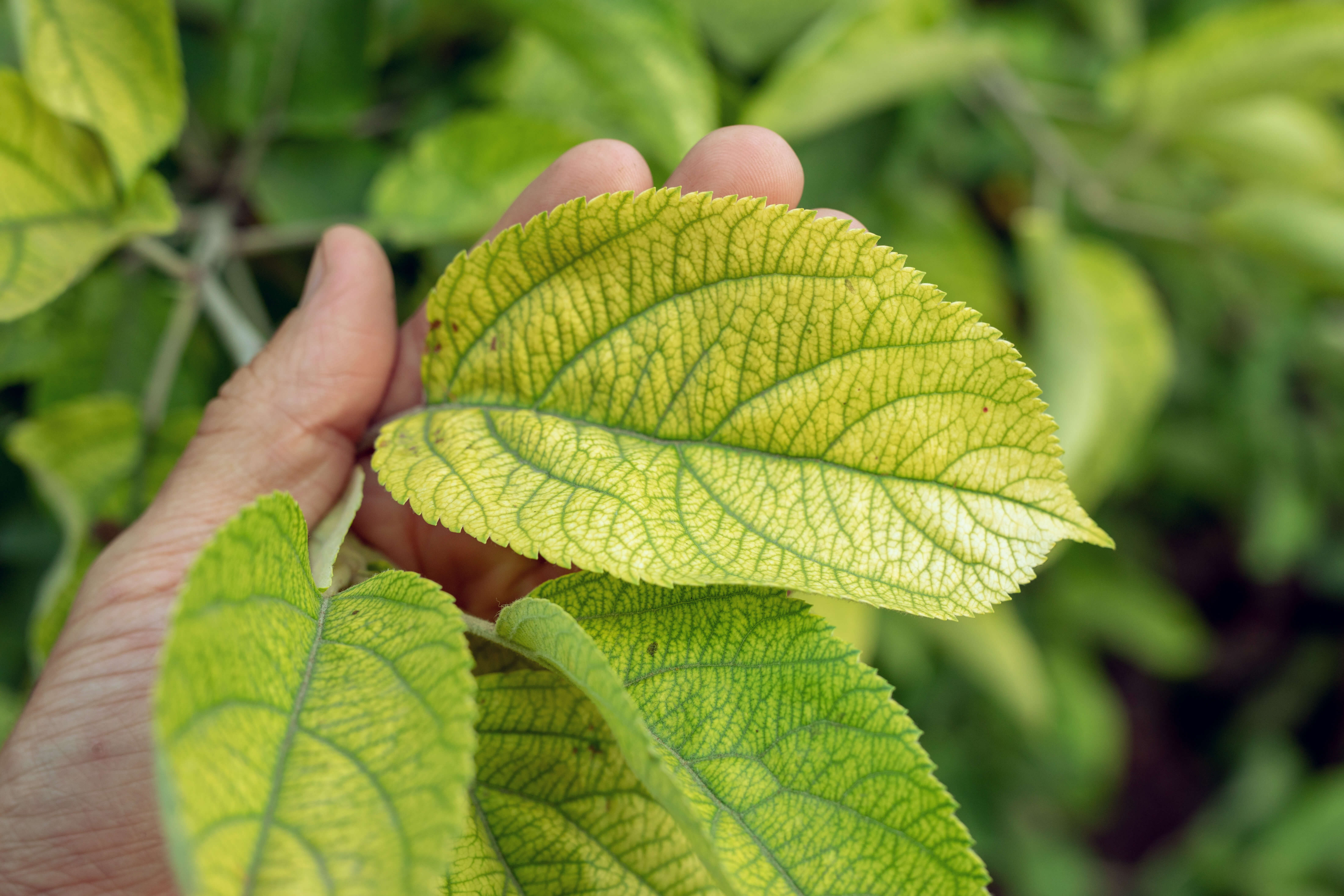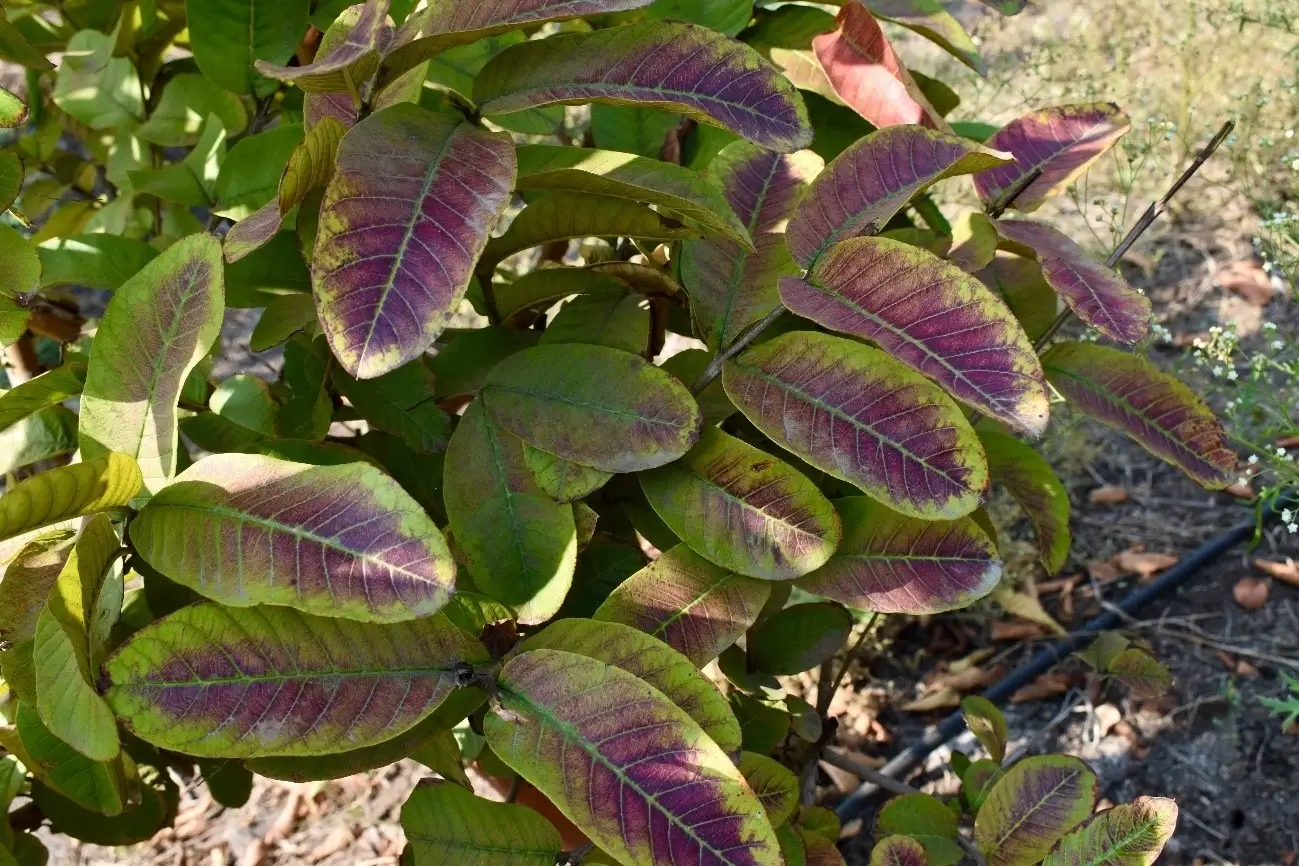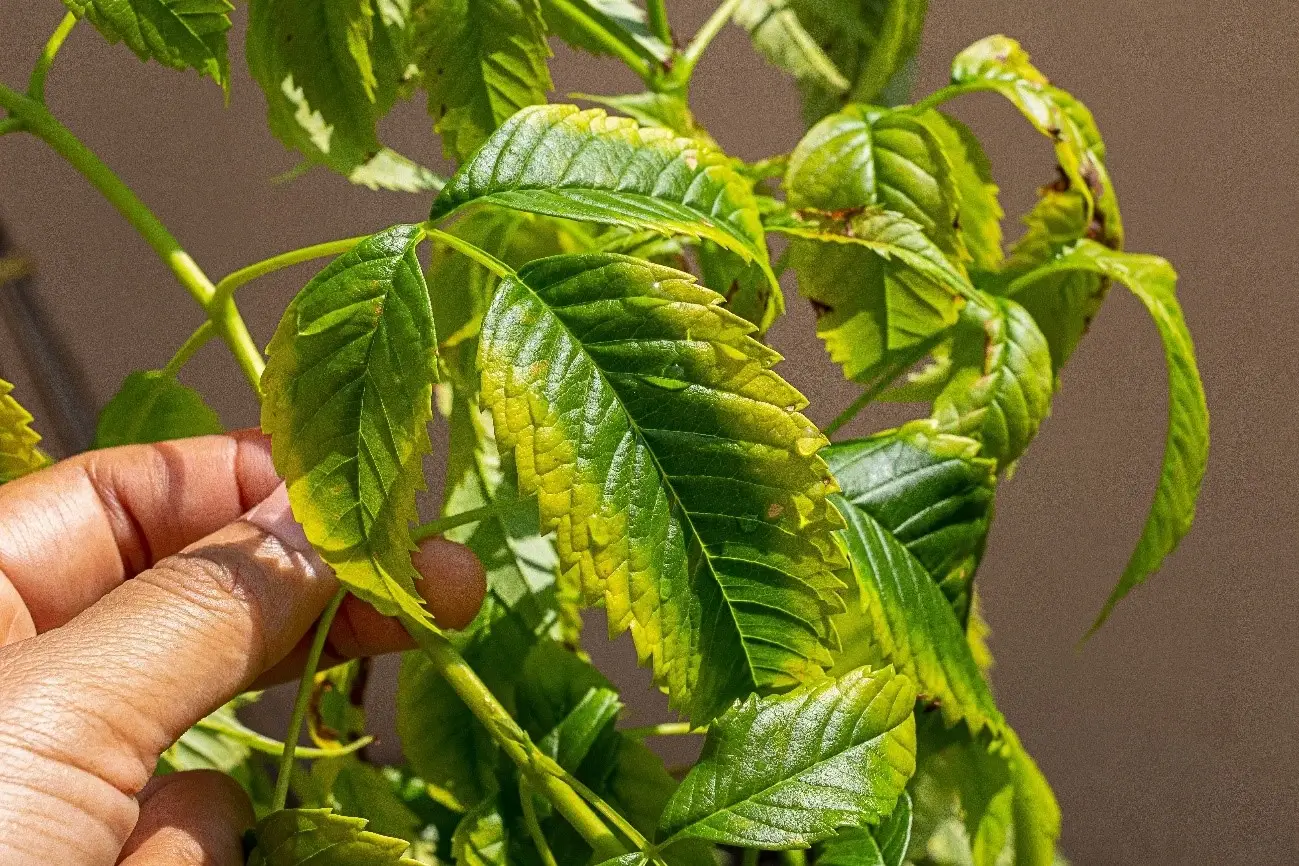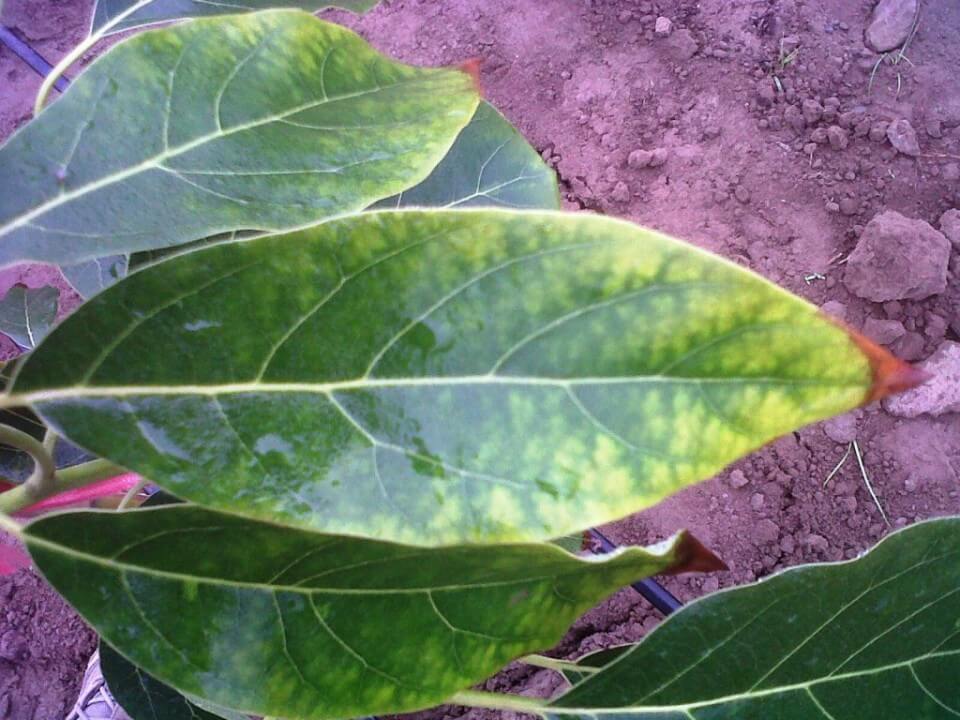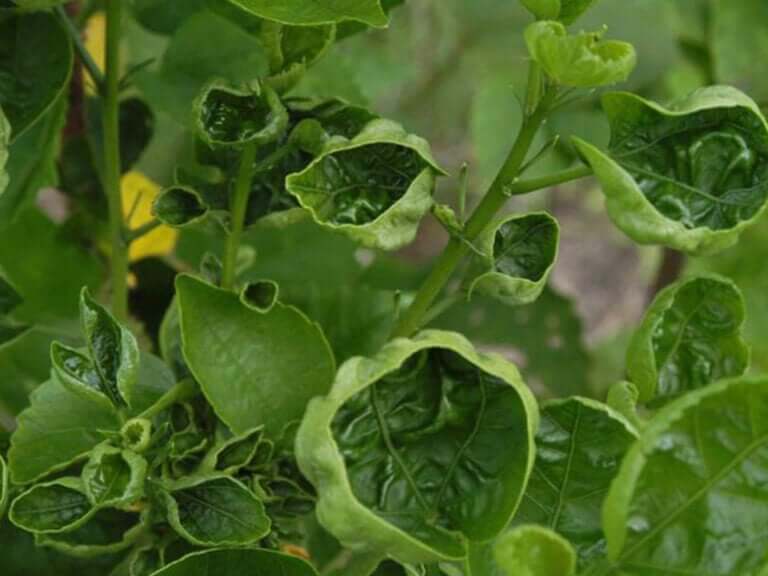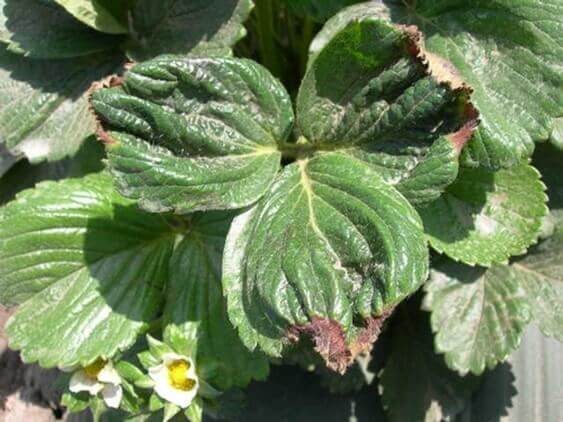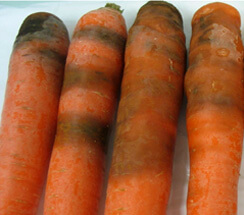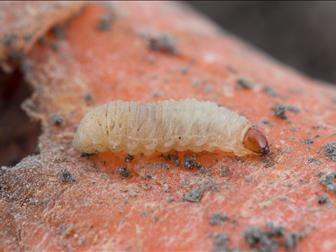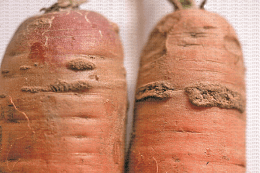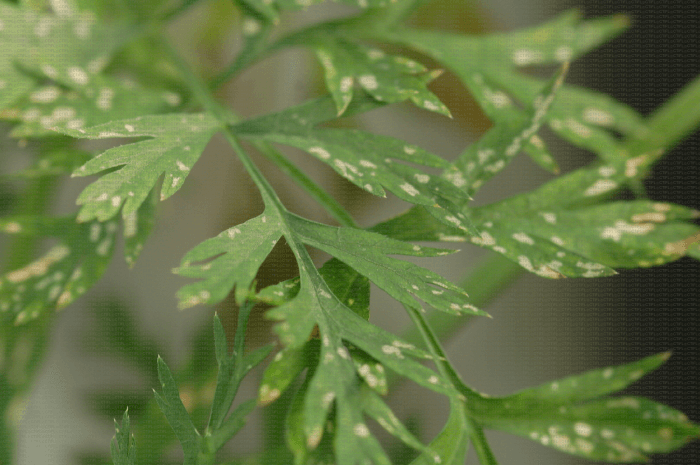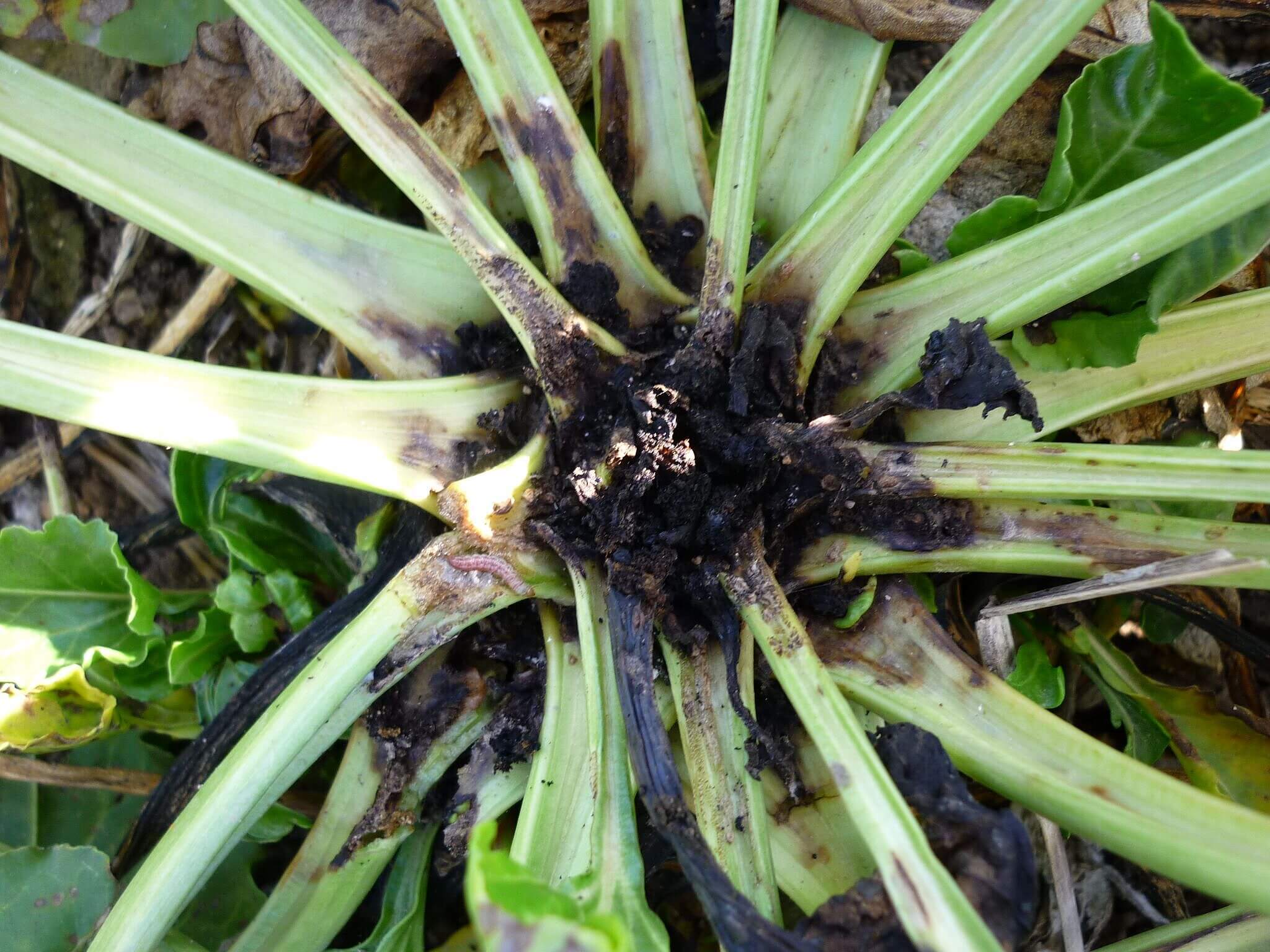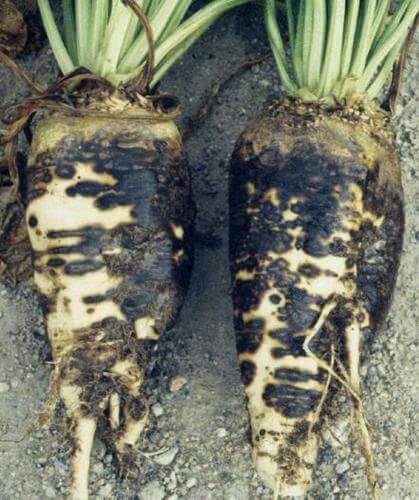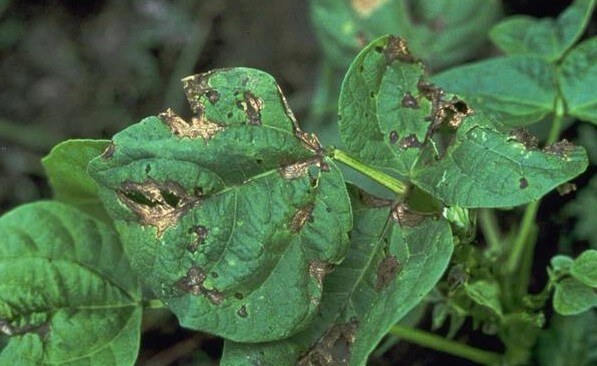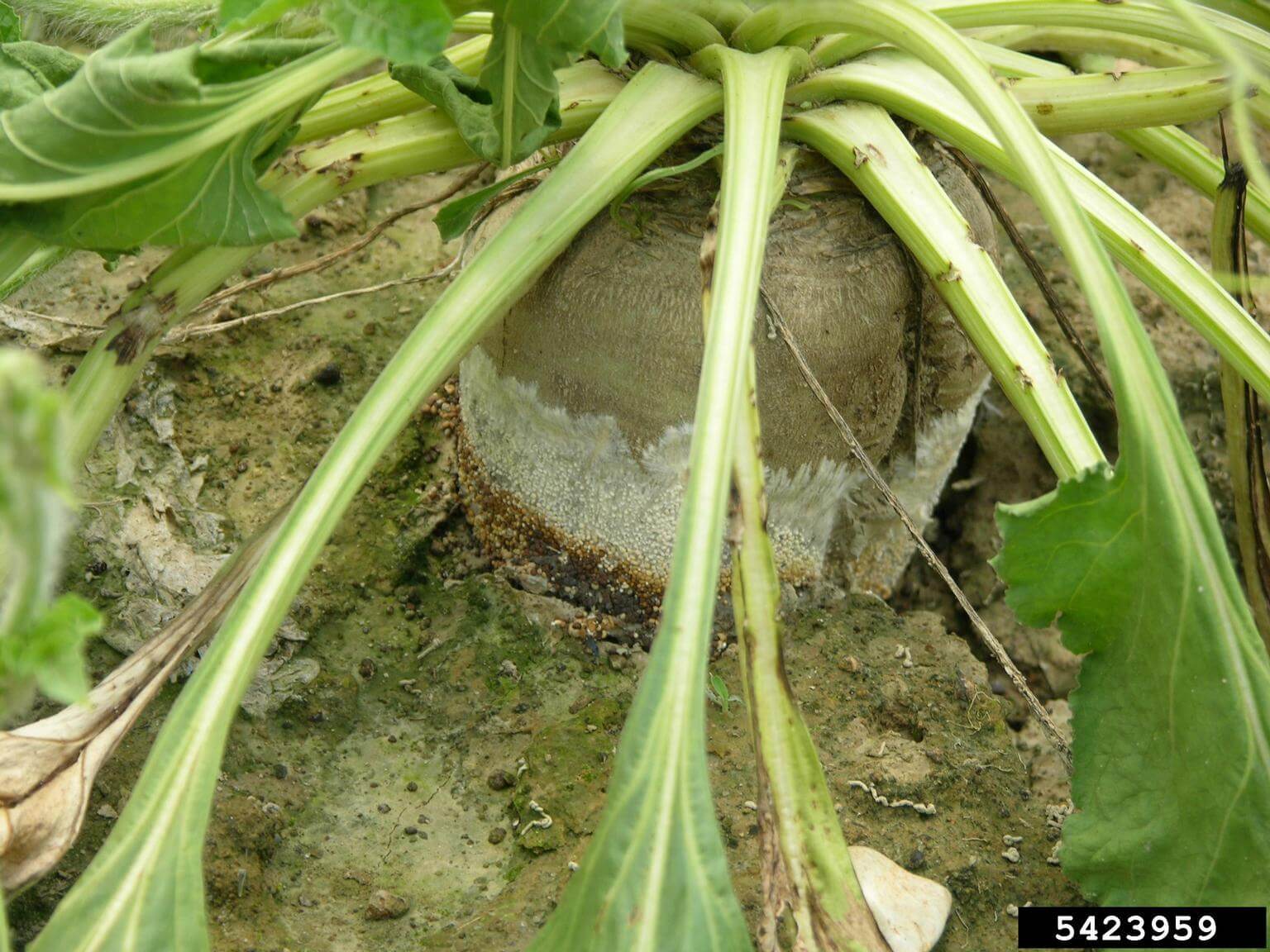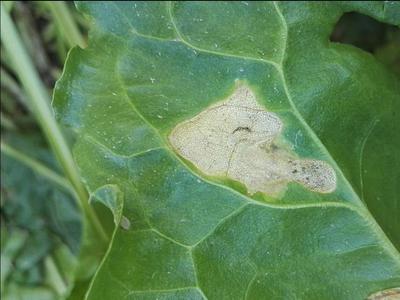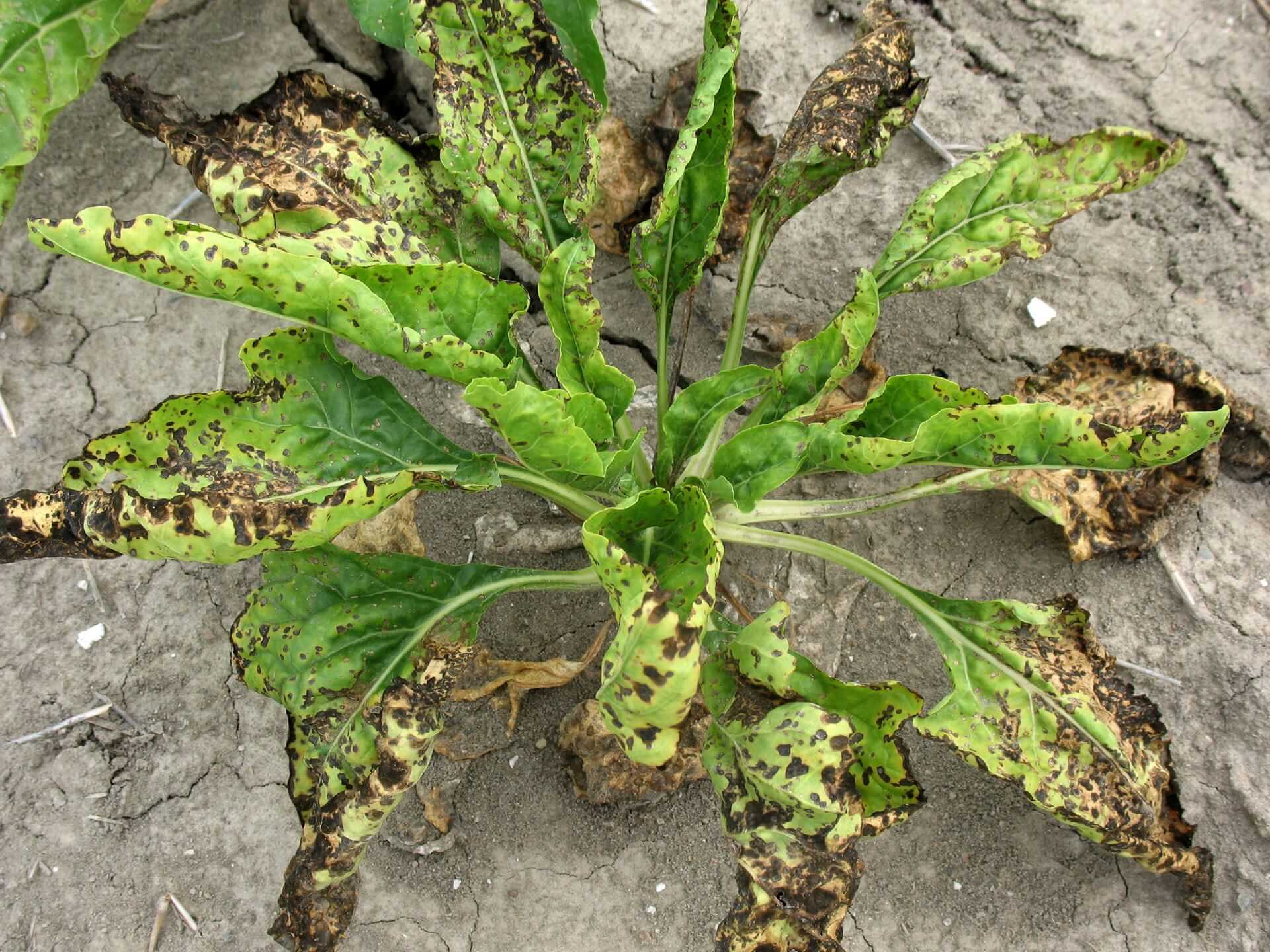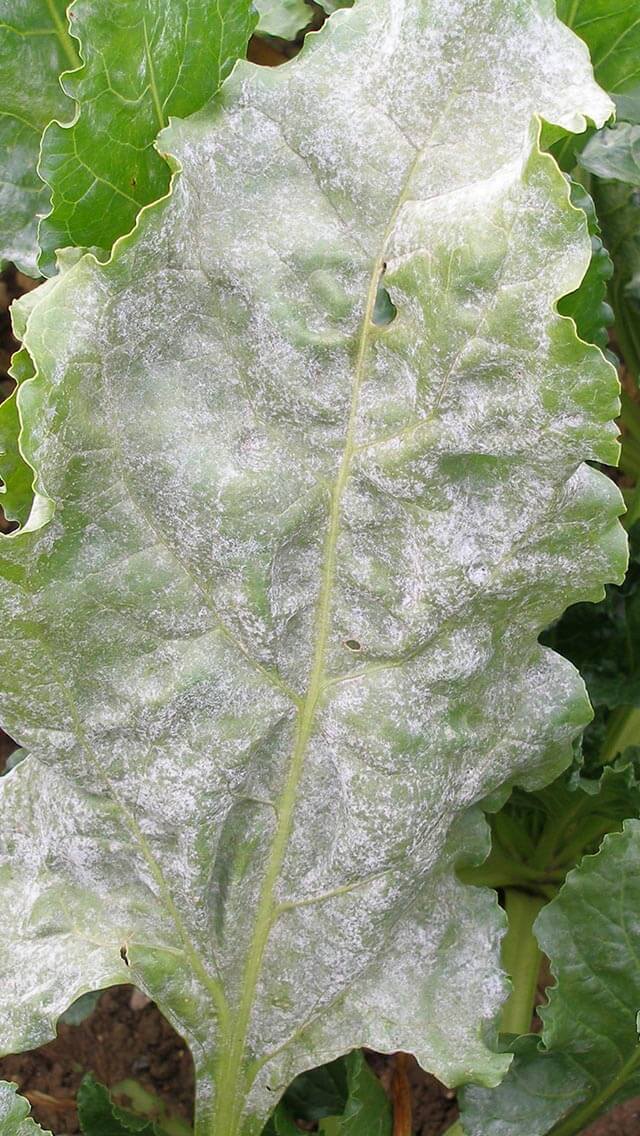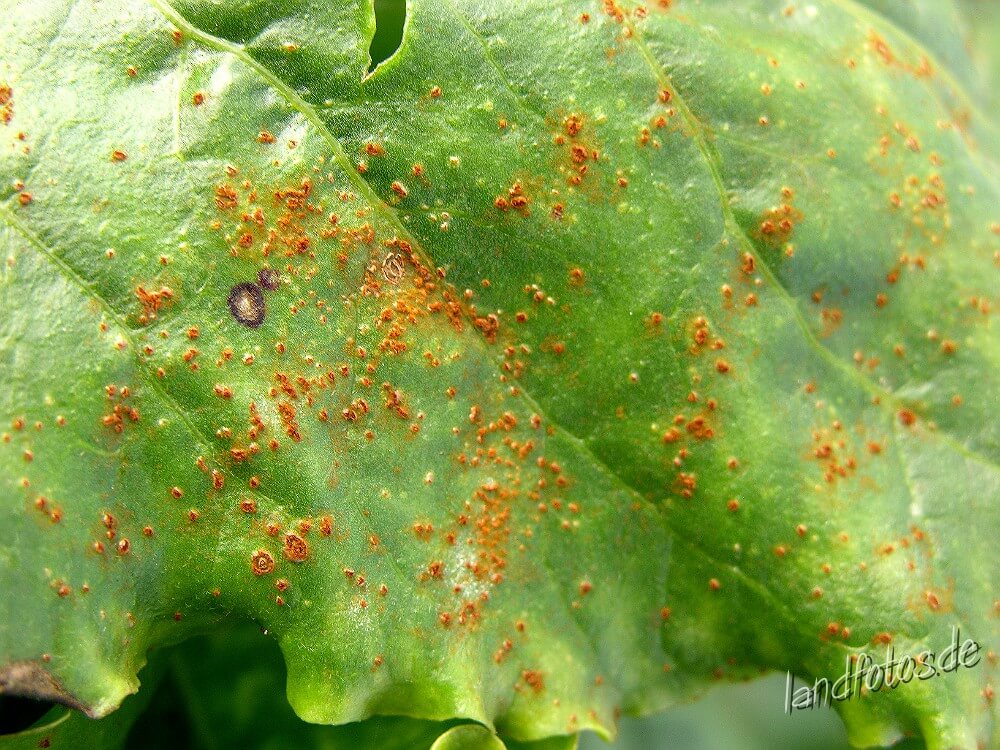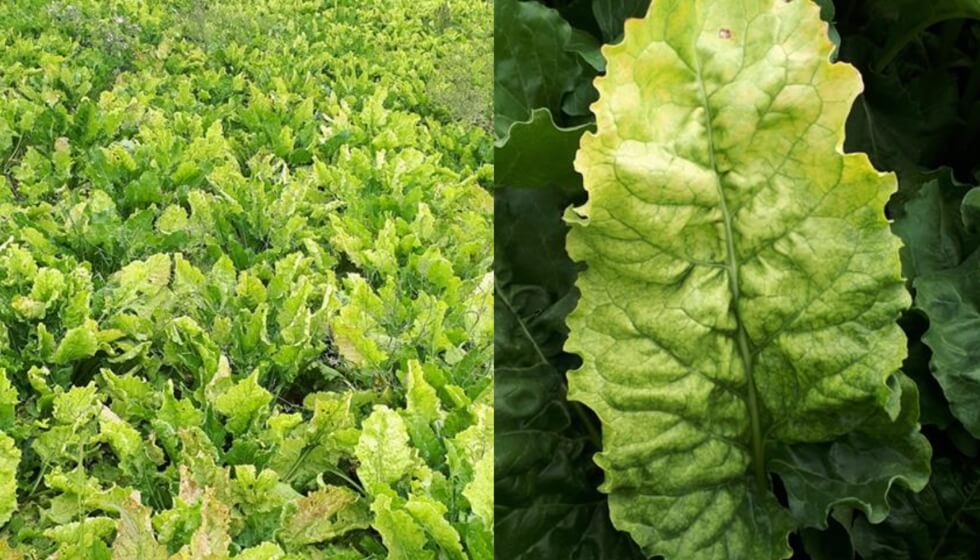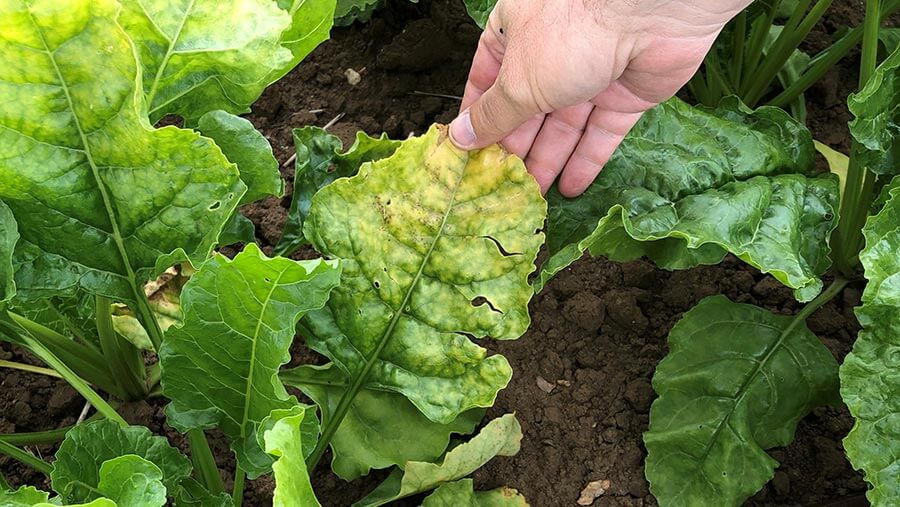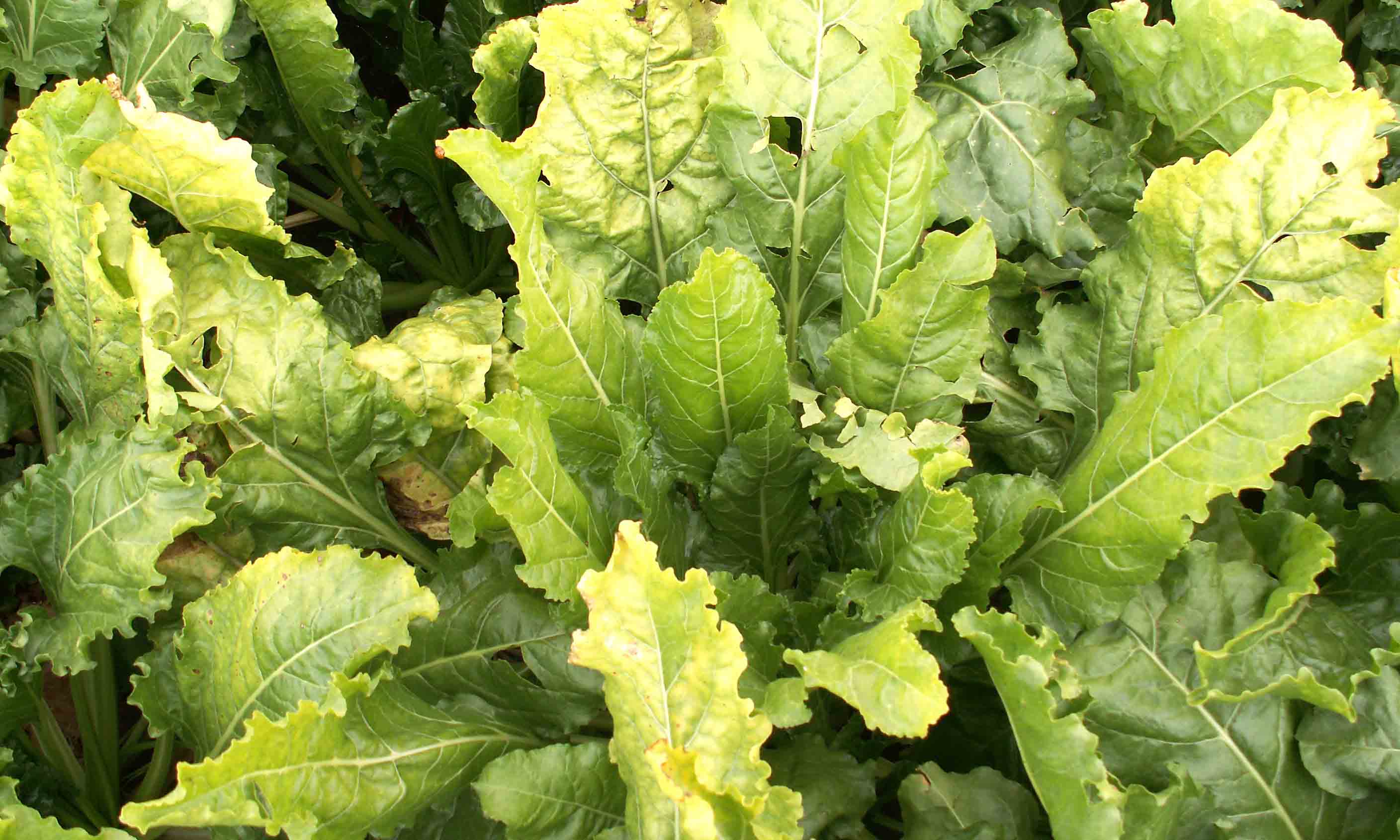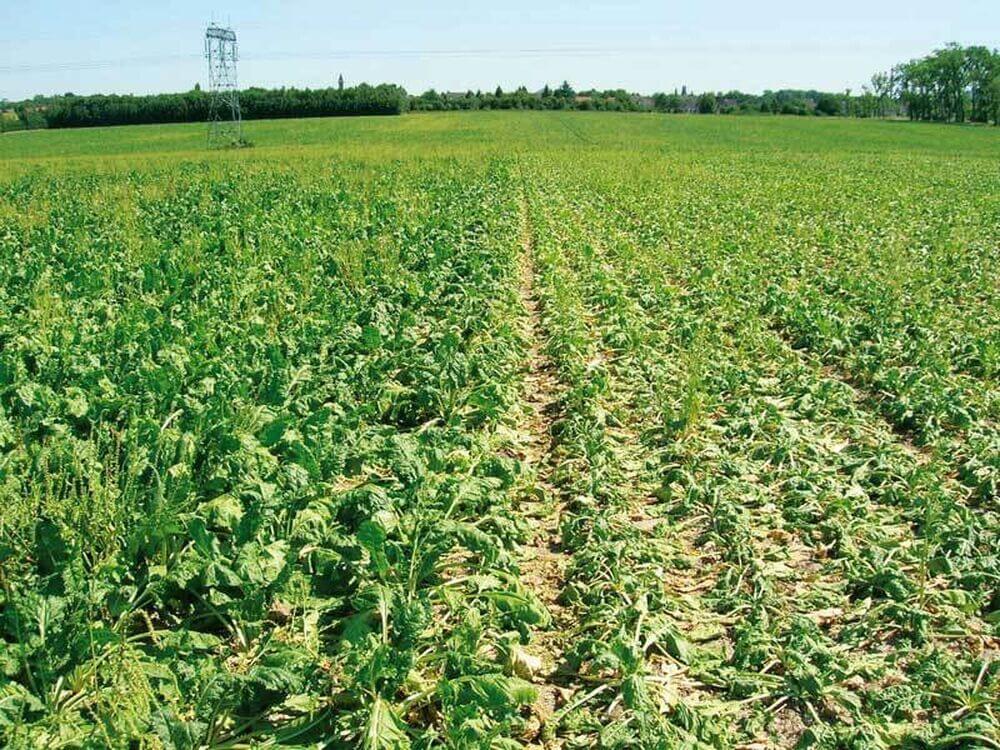
Soja
How to recognize and treat bacterial pustule in soybeans
Bacterial Pustule
Bacterium
Type:
Risk to the plant:
INTERMEDIATE
Xanthomonas Campestris Pv. Glycines
Pathogen:
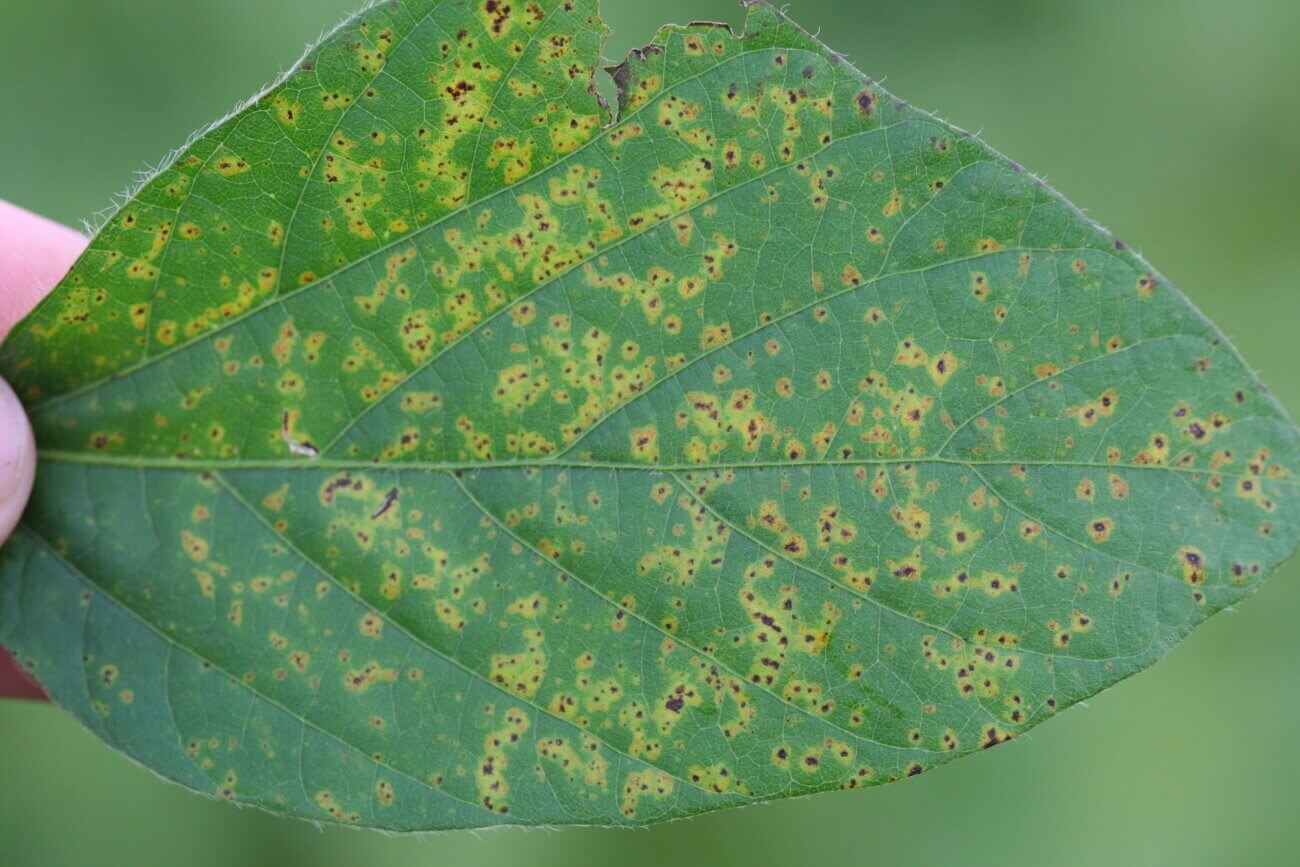
Bacteriosis
WHO CAUSES IT?
Bacterial pustule, caused by the bacteria Xanthomonas campestris pv. glycines, is an important disease that affects soybean crops in many regions of the world. This bacteria is capable of causing significant damage to soybean plants, which can result in economic losses for farmers.
SYMPTOMS
In soybeans, bacterial pustule produces symptoms that include the appearance of necrotic lesions on the leaves, stems and pods of the plant. These lesions usually have a sunken appearance and may be surrounded by a yellowish halo. Over time, the lesions can expand and cause premature defoliation, which can reduce crop yield.



DEVELOPMENT CONDITIONS
Temperature:
25°C - 30°C
Humidity:
70% - 90%
HOW IS IT SPREAD?
Infected seeds, plant remains, irrigation water, agricultural tools, insects.
HOW TO ELIMINATE IT?
Home treatments
There are no home treatments
Natural allies
Chemical treatments
There are no treatments for this disease. Treatments are directed at the insect vectors that transmit it. See insect treatments.
RECOMMENDED PRODUCTS TO ELIMINATE THE PEST
Sponsored link
Sponsored link
Sponsored link
Sponsored link
Sponsored link
Sponsored link
Sponsored link
Effective against all types of fungi
Sponsored link
Sponsored link
Sponsored link
Sponsored link
Sponsored link
REPELLENT PLANTS
-
RECOMMENDATIONS





















